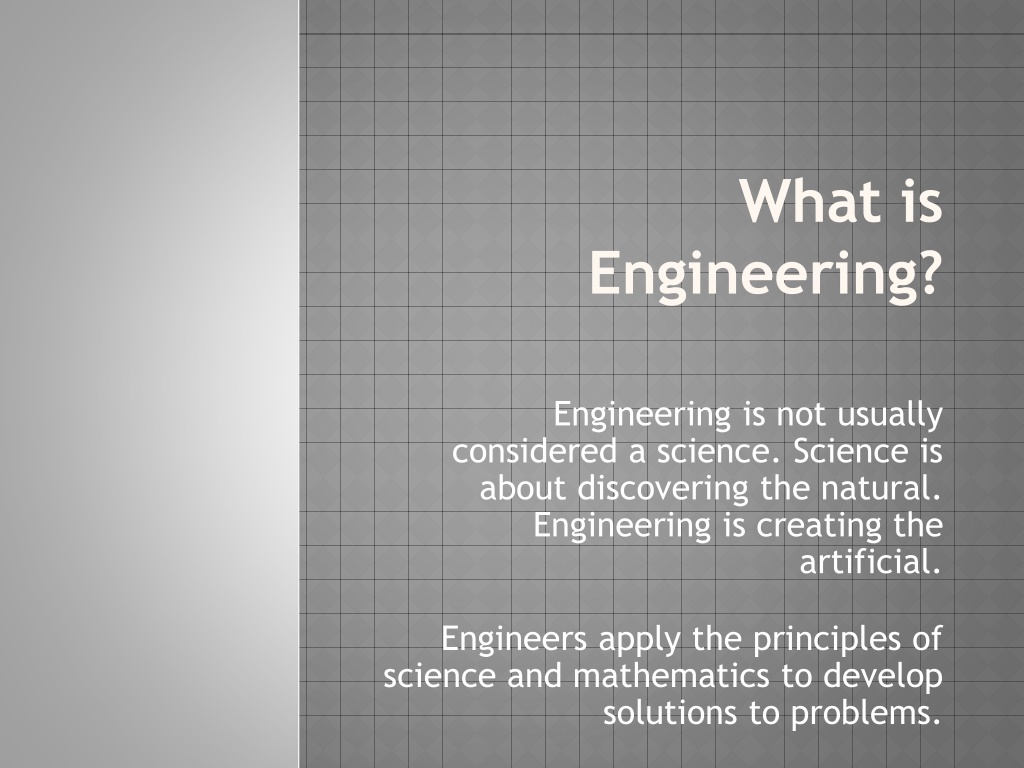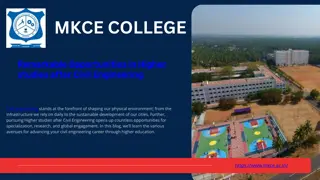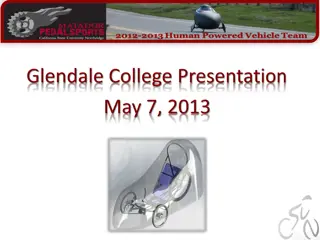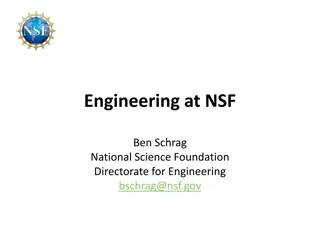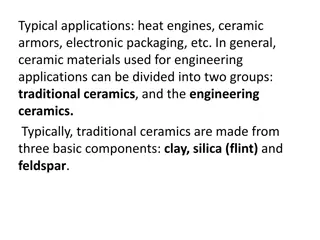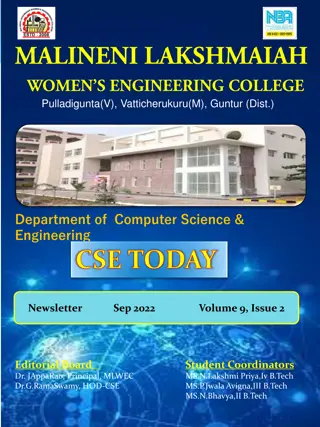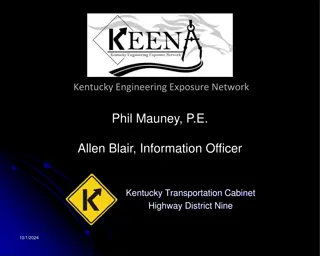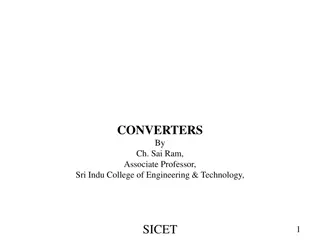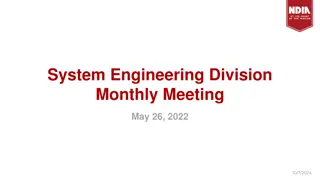Exploring the World of Engineering: Types and Applications
Engineering is a creative process that involves applying scientific and mathematical principles to develop solutions. This article delves into the different branches of engineering - Chemical, Civil, Electrical, and Mechanical - showcasing the diverse applications of each field. From discovering plastics in Chemical Engineering to constructing bridges in Civil Engineering, and creating innovative gadgets in Electrical Engineering, engineers play a pivotal role in shaping the world around us. Understanding the Engineering Design Process is also highlighted.
Download Presentation

Please find below an Image/Link to download the presentation.
The content on the website is provided AS IS for your information and personal use only. It may not be sold, licensed, or shared on other websites without obtaining consent from the author. Download presentation by click this link. If you encounter any issues during the download, it is possible that the publisher has removed the file from their server.
E N D
Presentation Transcript
What is Engineering? Engineering is not usually considered a science. Science is about discovering the natural. Engineering is creating the artificial. Engineers apply the principles of science and mathematics to develop solutions to problems.
Make a list of items that have been engineered in this picture.
Make a list of items that have been engineered in this picture. Some examples are: Playground, building, fence, bike, helmet, cell phone, cooler, pop can, pop, water bottles, apples, sunglasses, football, chair, sandals, watch Almost everything has been engineered.
TYPES OF ENGINEERING There are many types of engineering. The four main branches are: Chemical Civil Electrical Mechanical
CHEMICAL ENGINEERING Chemical engineers discover and manufacture: plastics paints fuels fibers medicines fertilizers paper Chemical engineers help protect the environment by inventing cleaner technologies.
CIVIL ENGINEERING Civil engineers oversee the construction of the buildings and other structures that make up our world: highways skyscrapers railways bridges water reservoirs
ELECTRICAL ENGINEERING This is the largest field of engineering. Electrical engineers develop components for the most fun things in our lives MP3 players, digital cameras, or roller coasters as well as the most essential medical tests or communications systems
MECHANICAL ENGINEERING Mechanical engineers work in nearly every area of technology. If an object or system has a moving part, it has benefited from the influence of a mechanical engineer. Mechanical engineers might develop: a bike lock an aircraft carrier a child s toy a hybrid car engine a wheelchair a sailboat
ENGINEERING DESIGN PROCESS Engineers use a design process. It helps them stay focused and on track when developing a product or a solution to a problem.
ENGINEERING DESIGN PROCESS Identify the Problem Describe the challenge to be solved, including limits and constraints. Design Expl ore Research what others have done. Discover what materials are available. Use your knowledge and creativity to come up with many solutions. Choose one idea and draw or make a model of it. Create Make your solution. Try It Out Test your solution. Make It Better Evaluate how the solution worked and think of how to improve your design.
EXAMPLE DESIGN PROCESS Identify the Problem: Make a new running shoe using only recycled materials. Explore: Find out what other companies are doing to use recycled parts. What materials are they using, how are they finding the materials, what part of the shoe are they are using them for. Design: Sketch and model various solutions, describing what each part is made of and how it will be transformed into a part of the shoe. Create: Make the best solution from your models Try It Out: Do tests with target audience and get their feedback. Make It Better: Evaluate the feedback and make changes.
We look forward to seeing you at The Works, where you will put the engineering design process into action. This power point created with help from www.discoverengineering.org
